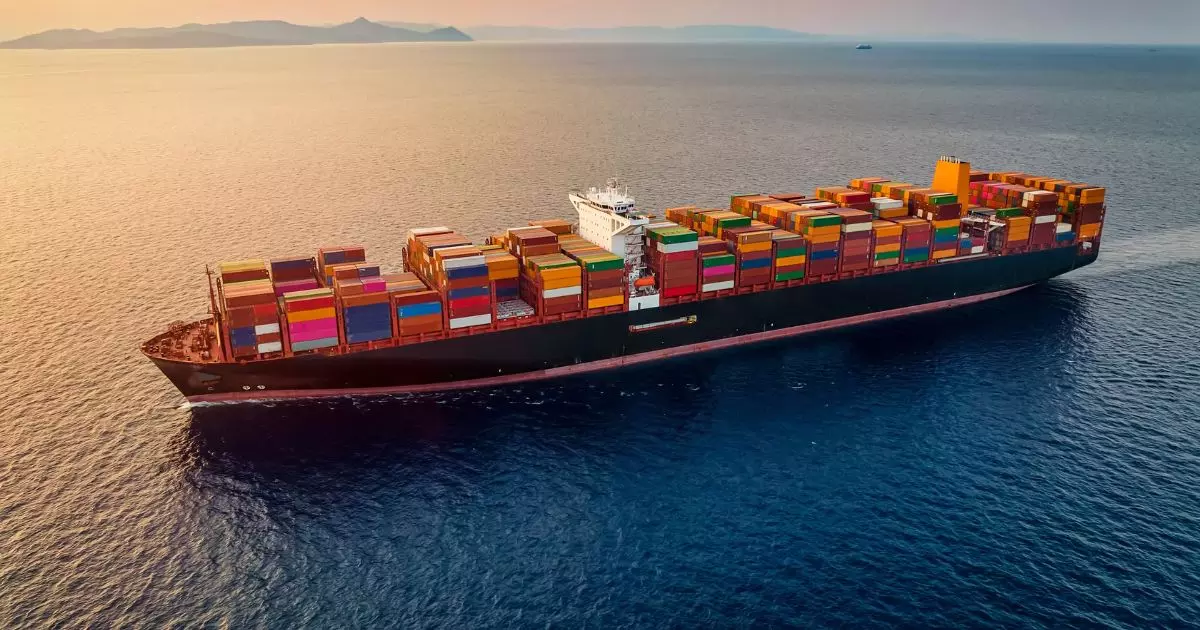Dimerco: India’s exports stay stable as ocean rates rise
India’s freight market stays stable in September as carriers cut ocean capacity and air rates hold firm despite tariffs.

India’s freight market is moving into September 2025 with resilience in manufacturing but facing mixed signals across air and ocean shipping, according to the latest Asia-Pacific Freight Market Report from Dimerco Express Group. The report shows India’s Purchasing Managers’ Index (PMI) rose to 59.1 in August, marking the strongest level in over a year and signalling continued expansion in factory activity. However, new tariff barriers and tightening capacity in ocean freight are expected to test exporters in the coming weeks.
Air freight remains stable but tariffs cast a shadow
On the air freight side, India is projected to maintain stable rates to the US West Coast (USWC) and East Coast (USEC). Dimerco notes that outcomes will depend heavily on the impact of the additional 25% reciprocal tariff recently imposed by the United States on Indian goods. The tariff, which came into effect on August 27, covers a range of key exports including smartphones, mobile components, IT hardware, pharmaceuticals, semiconductors, and consumer electronics. Goods already in transit before September 17 are exempted, offering some relief for shippers with ongoing consignments. Despite this development, capacity on Indian lanes is expected to remain steady for September, with carriers keeping supply in line with demand.
Air cargo from India is also contending with seasonal weather risks. With the monsoon still active across several regions, Dimerco advises exporters to take extra precautions to prevent damage, including shrink wrapping and other protective packaging. This comes as manufacturers continue to push out goods in time for global peak season flows, particularly for technology and electronics shipments. While Southeast Asian markets such as Vietnam, Thailand, and Malaysia are driving much of the peak-season demand into the US, India’s steady manufacturing strength provides a foundation for its air freight trade even under tariff pressure.
Ocean freight faces tightening capacity
Ocean freight is facing sharper challenges. According to Dimerco, blank sailings by several major carriers have reduced overall space from Indian ports, tightening capacity and pushing up freight rates. Unlike broader global trends where spot prices have eased, India’s exporters are seeing the opposite effect, with limited vessel availability forcing higher costs. The report points out that these reductions are part of wider industry adjustments to manage excess capacity and weak global demand, but they are constraining India’s ability to move cargo smoothly on key lanes to North America and Europe.
US tariffs on Indian exports
Dimerco’s report gives special attention to tariffs on India in its September update. An additional 25% reciprocal tariff has taken effect on Indian goods entering the United States. While exemptions apply to shipments already in transit before 17 September, most exporters will now face higher costs on critical products.
Among the goods directly affected are smartphones, mobile components, consumer electronics such as laptops and tablets, high-end semiconductors, critical medical devices, diagnostic kits, select software, IT hardware exports, as well as pharmaceutical formulations and active pharmaceutical ingredients.
The tariff move comes alongside the US reopening its Section 232 review on steel and aluminium, which maintains a 50% duty. Dimerco highlights that further additions to tariff lists are expected by the end of the year, intensifying uncertainty for Indian exporters. The report warns that these measures may reduce India’s export competitiveness in technology, pharmaceutical, and electronics sectors that have been central to its trade with the US.
India’s position in the regional and global context
The regional backdrop adds another layer of complexity. Across the Asia-Pacific, carriers are cancelling around 7% of scheduled sailings, while air freight is entering its seasonal high with increased demand for AI servers, consumer electronics, and high-tech goods on Transpacific Eastbound routes. Although India is not yet matching the surge from Southeast Asia, its manufacturing PMI underscores strong domestic output that continues to support steady export flows.
Dimerco’s report also links India’s outlook directly to global tariff dynamics. With the US expanding Section 232 tariffs to more than 400 products and launching fresh investigations into sectors such as semiconductors and furniture, Indian exporters face heightened uncertainty in the months ahead. The recent reciprocal tariff escalation is a reminder of the volatility shaping trade relations and its direct impact on India’s logistics flows.
Outlook for September
In summary, India’s freight market in September is marked by strong domestic manufacturing momentum, stable air freight rates, and tightening ocean capacity. Yet exporters are navigating a more difficult environment with new tariff headwinds, higher shipping costs, and seasonal weather disruptions. Dimerco concludes that careful planning, early bookings, and protective handling of shipments will be critical for Indian exporters seeking to maintain reliability during the peak freight season.



